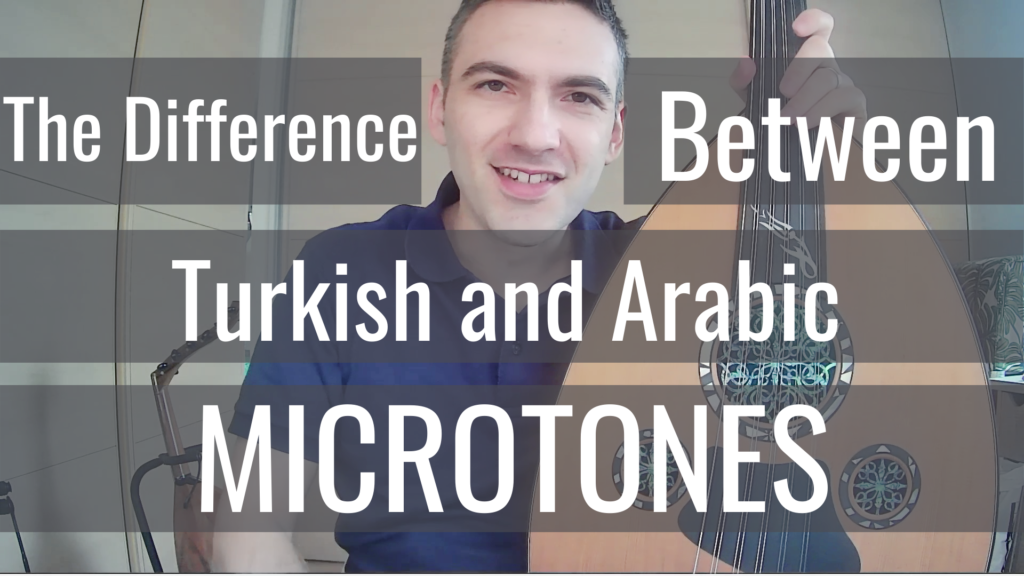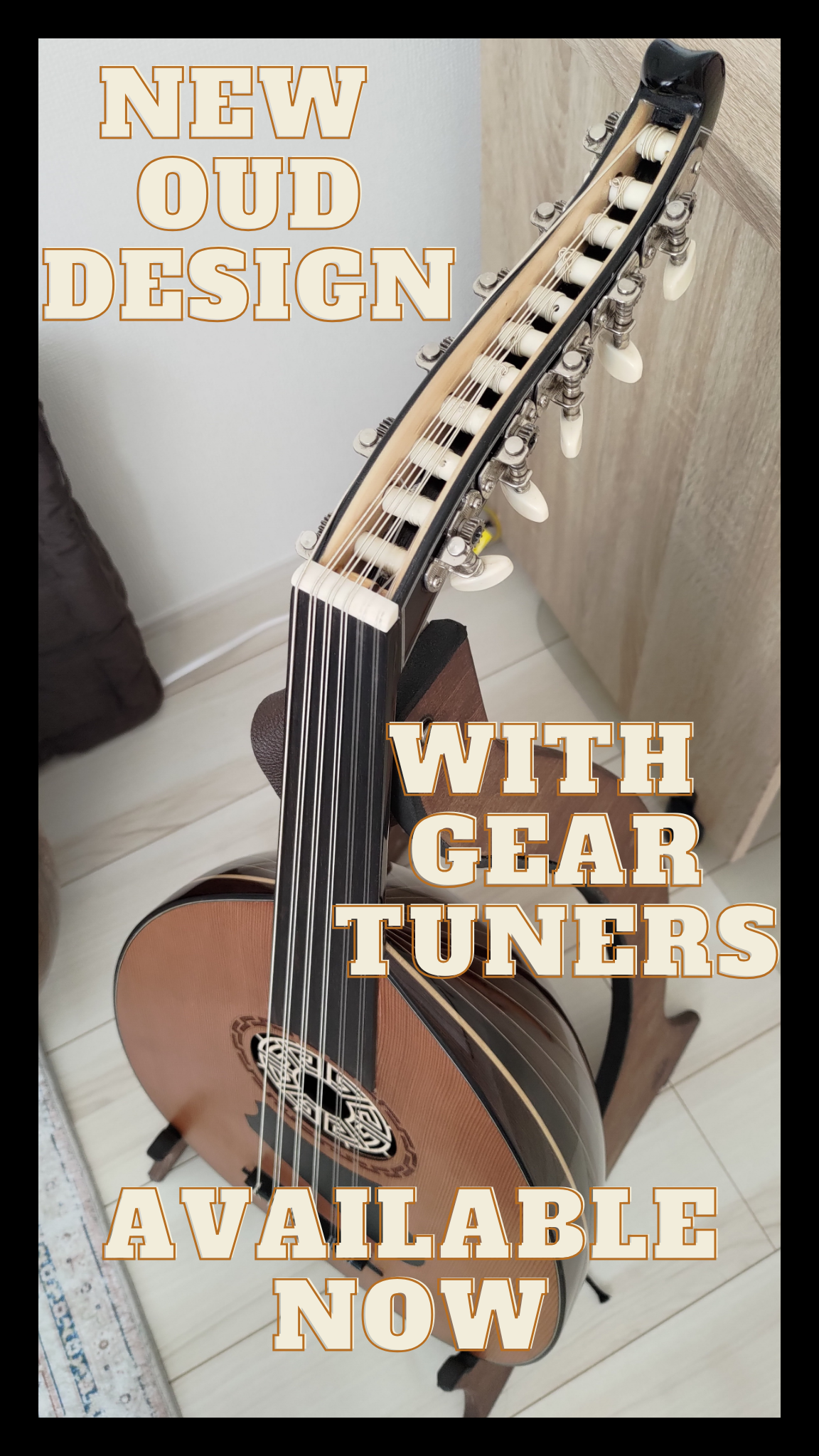As a Persian musician, I was always fascinated when I first heard the difference between Arabic and Turkish microtones because I could hear that something was very similar to Persian music, but also very different. Some of the differences I was hearing were so subtle; it was marvelous, and a little bewildering.
It took me many years to reconcile, understand, and apply the difference between Arabic and Turkish microtones to the shared repertoire in Arabic and Turkish music. I would like to share some of the specific details I have learned over the years after studying Arabic and Turkish music with Simon Shaheen at the Arabic Music Retreat and Ross Daly at Labyrinth. Without their training, I would not be able to help my students appreciate the subtleties of this art.
While I shared some observations from a digital tuner by using cents in relation to the notes in equal temperament, I would highly suggest you use trust your ears because precision is always going to be elusive in middle eastern music. There are differences in preference and taste and decisions within an ensemble that ultimately have to be made with intonation. But feel free to try this out with your tuner if it helps you pin down some of the notes.
Next week, I’ll be discussing the Maqam Jiharkah and its rare intonation. Sign up so you get notified.
In the meantime, learn more about Arabic Maqamat.
In the video above I also recommend that you also use your voice to help reinforce the sound of microtones. You can try out a more thorough approach to using your voice to learn maqams at this link.






